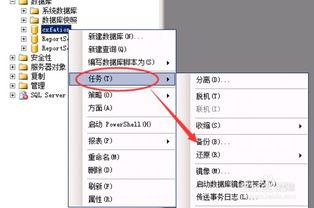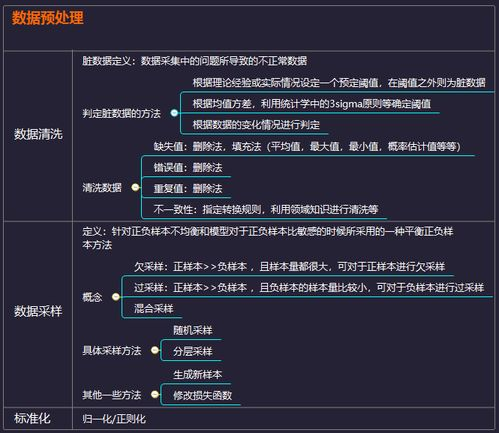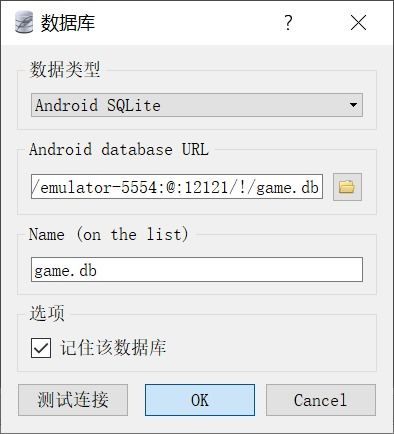ASP.NET Data Import, Adding a Progress Bar for Efficient Monitoring
Understanding the Need for a Progress Bar
When working with large datasets, users often experience delays without knowing the status of the operation. This can lead to frustration, especially in a web application context where users might navigate away if they do not see any indication of progress. Therefore, integrating a progress bar becomes essential as it informs users about the ongoing process and estimated time for completion. The progress bar visually represents the loading status, allowing users to stay informed and engaged with the import operation.
Step-by-Step Integration of a Progress Bar
To incorporate a progress bar in your ASP.NET data import, follow these steps:
Begin by ensuring that your ASP.NET project is structured correctly for this implementation. Create a web form or MVC view where the user can trigger the importing process. You'll also need to include the necessary JavaScript and CSS files for the progress bar functionality. Libraries like jQuery UI or Bootstrap can be handy for styling the progress bar.
In your HTML markup, add a div element designated for the progress bar. You can style it using CSS to make it visually appealing. Here’s an example:
This container will hold the progress indicator, and you can manipulate its width via JavaScript as the import progresses.
To avoid blocking the UI during data import, use AJAX calls. This allows the import to run asynchronously while your progress bar updates. Here’s a basic AJAX setup for this purpose:
$.ajax({
type: "POST",
url: "YourImportHandler.aspx",
data: { / data to import / },
beforeSend: function() {
$("#progressBar").css("width", "0%");
},
xhr: function() {
var xhr = new window.XMLHttpRequest();
xhr.onprogress = function(event) {
if (event.lengthComputable) {
var percentComplete = (event.loaded / event.total) 100;
$("#progressBar").css("width", percentComplete + "%");
}
};
return xhr;
},
success: function(data) {
// Handle successful import
},
error: function() {
// Handle errors
}
});
This AJAX function will update the progress bar based on the event's loaded and total values, providing real-time feedback to users.
Finalizing the Implementation
Once the data import is complete, you should reset or hide the progress bar to indicate that the process has finished. Here’s an example of how you might do that:
success: function(data) {
$("#progressBar").css("width", "100%");
// Optionally hide it after a short delay
setTimeout(function() {
$("#progressBarContainer").hide();
}, 2000);
}
In conclusion, incorporating a progress bar in your ASP.NET data importation process greatly improves user experience by keeping clients informed of ongoing operations. Following the outlined steps will ensure smooth integration and effective monitoring of import activities.
In summary, a well-implemented progress bar in ASP.NET not only enhances user satisfaction but also streamlines data management processes. By following the steps outlined in this article, developers can create a responsive and user-friendly interface that keeps users engaged throughout the data import experience. 





